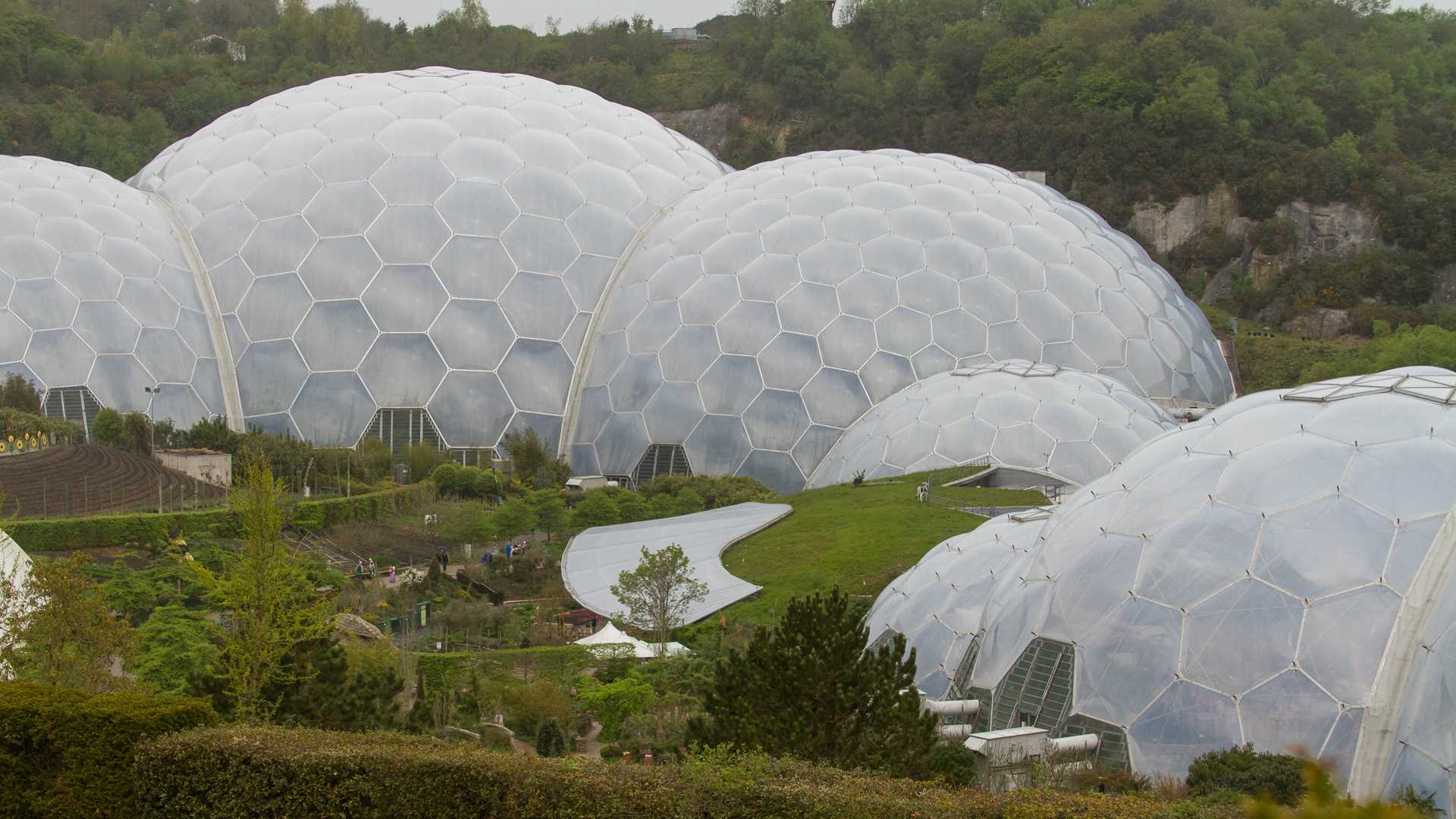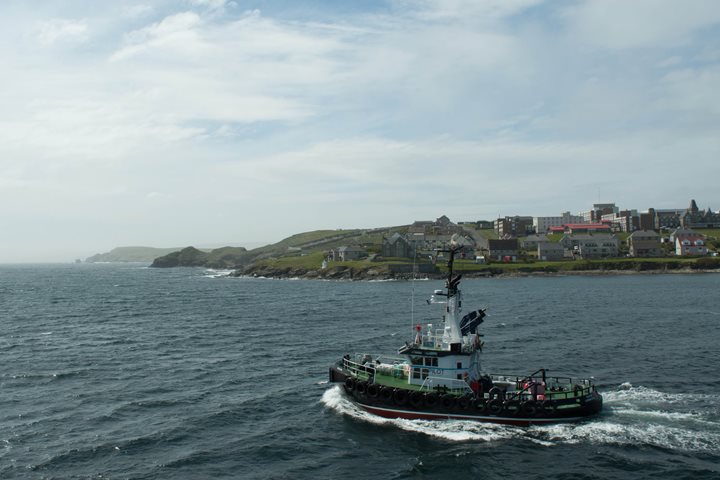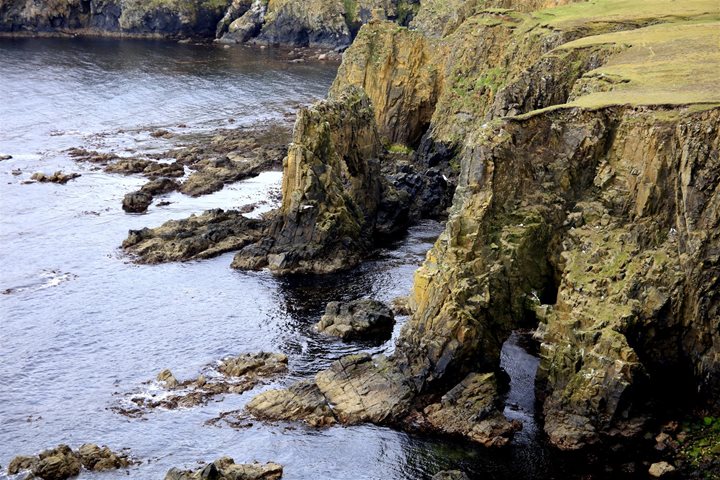Through the night the Bridge officers of National Geographic Explorer kept us heading further westward along the southern coast of England. However, heavy fog all along the course required expert navigation since the area is a heavily used route for shipping through the English Channel. But as the skies lightened and a light drizzly rain washed the ship, we approached the small hamlet of Fowey perched along the river mouth of the same name indenting the Cornish coastline. A local pilot boarded the ship and during breakfast the ship “squeezed” into the entrance of the river where a tug helped secure the ship to moorings inside the river proper. Surrounding us were the wooded slopes of the river valley and the picturesque villages of Fowey and Polruan.
For the morning, the outing would be to a unique project in the countryside. This part of Cornwall has been a major mining region for many years. Tin mined deep in the ground was a major export for the area. Due to the geology of the region China clay was also discovered and has continued to form a source of economic industry to Cornwall. Where we were headed for the morning was an active China clay quarry until it was purchased by Tim Smitt, a former manager of musicians. His vision was to transform this wasteland into an environmental learning facility to teach about the plant life but more importantly about the connections between plants and man, and sustainable living. In just 15 years or so they have been able to collect and grow an impressive diversity of plants from all over the world and display them in a very different way—inside large plastic domes as well as on the surrounding steep quarry walls. Hard to visualize a clay mine pit ever becoming such a lovely spot.
In the afternoon there were two main options or you could explore Fowey village on your own. From the Eden Project the largest number of people continued to a small seaside village where two restaurants handled the group for a somewhat traditional mid-day meal. They then continued on a short distance to another project of Tim Smitt—the Lost Garden of Heligan. Abandonment over decades had hidden the work of many hands who had toiled at creating a wonderful garden. The afternoon was spent exploring the many paths meandering through the fields and woodlands of the area.
A second smaller group stretched their legs over the surrounding hills of the Fowey River valley. The Fowey Hall Walk is one of the many historic footpaths for all walkers to see the scenery, plants, and green fields of the Cornish countryside. Being spring the trail was lined with colorful flowers particularly bluebells, wild garlic, and others. Halfway along the route historian David Barnes told of the old mill along a stream that processed minerals mined to provide soil conditioning additives for the surrounding fields. Finishing the hike at the village of Polruan the group was then transported back to the ship where we began the evening with Captain Ben Lyons introducing the ship and its officers. As a final treat a local threesome provided us with some traditional Cornish music and ballads. What a lovely day in an absolutely stunning part of the south coast of Cornwall.








